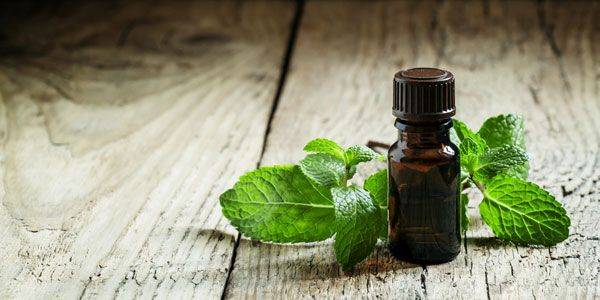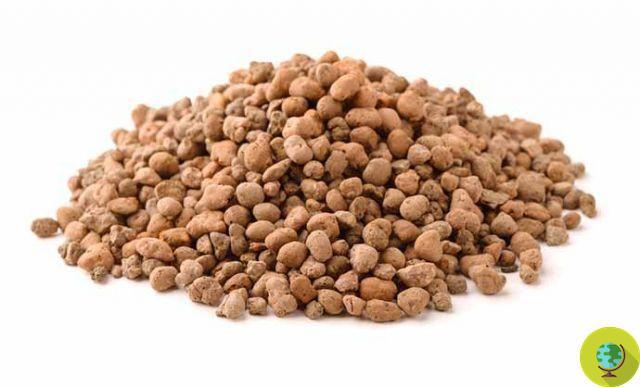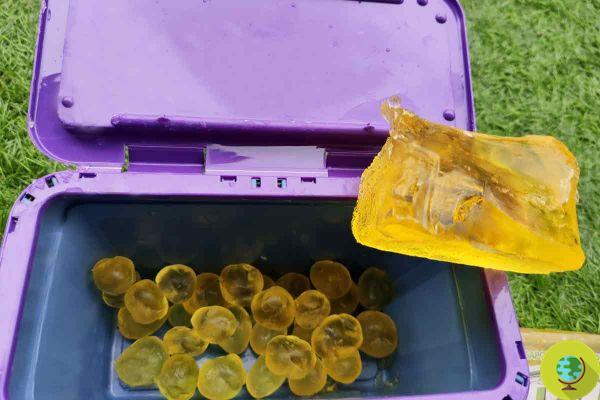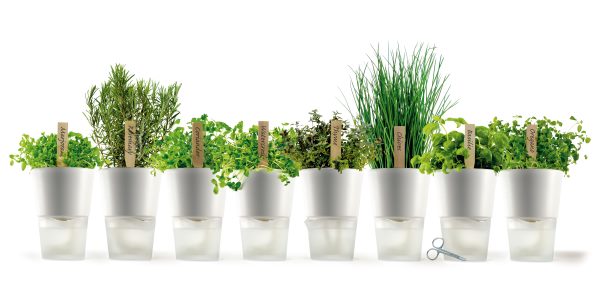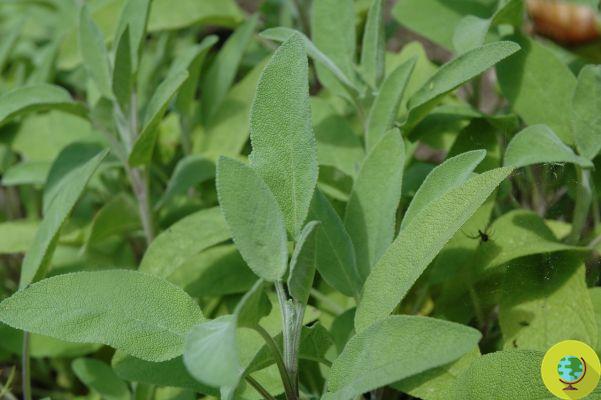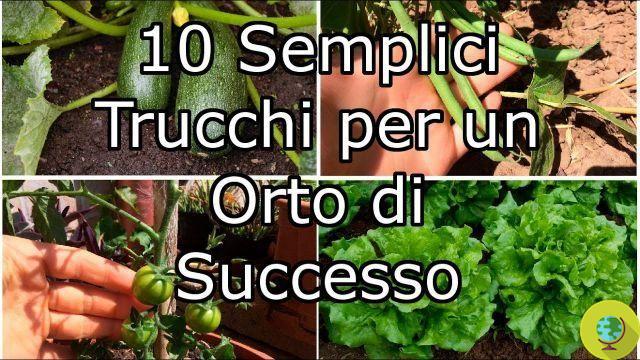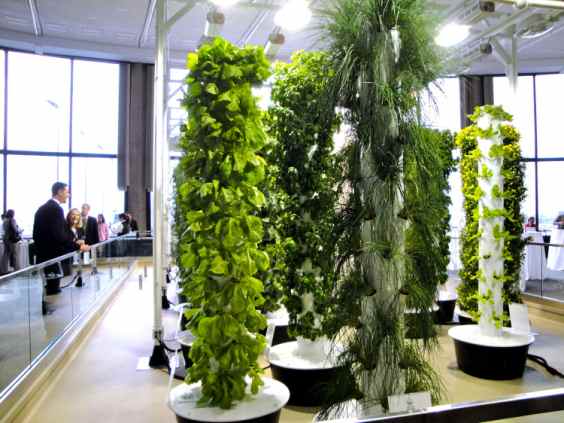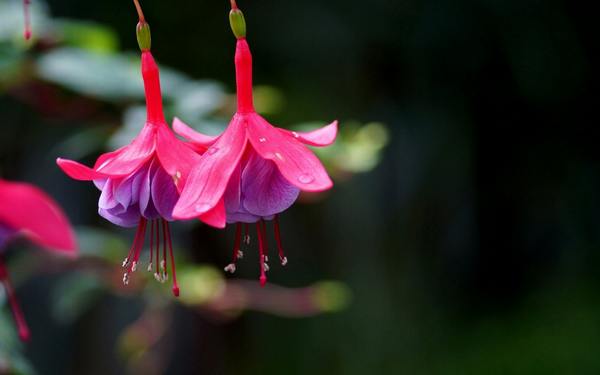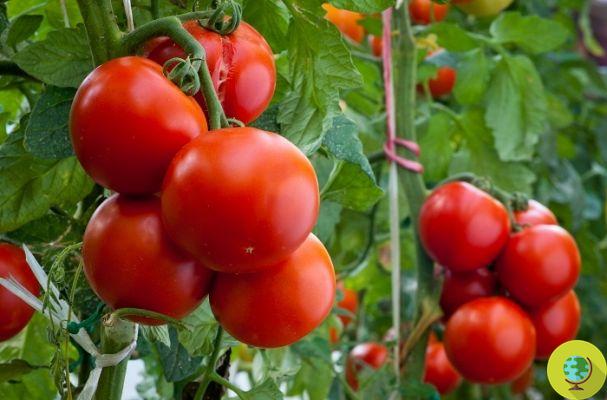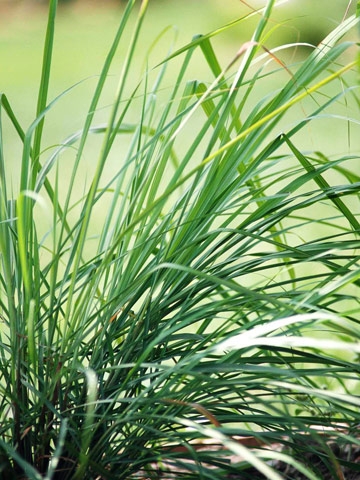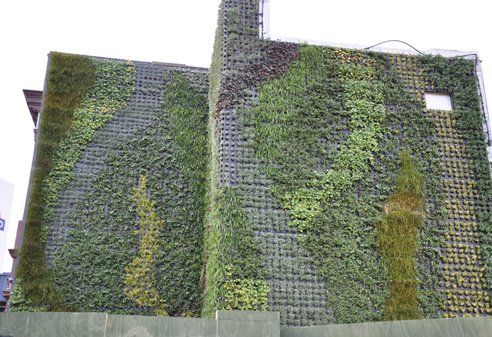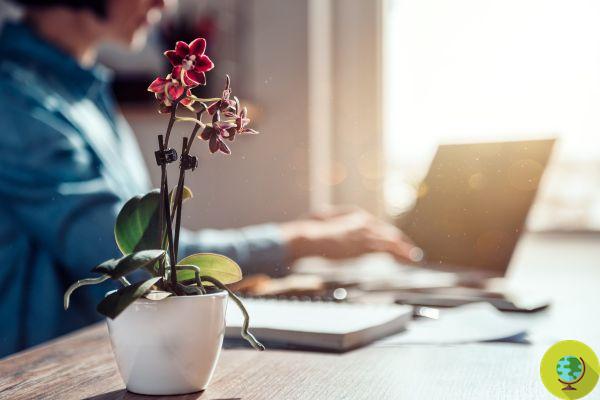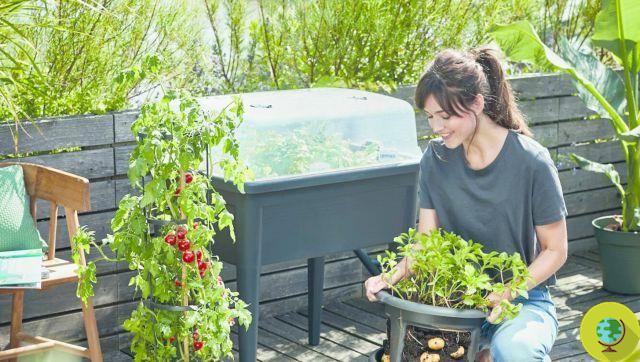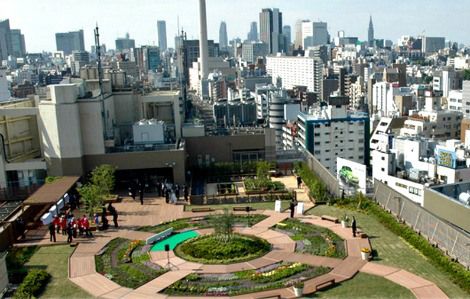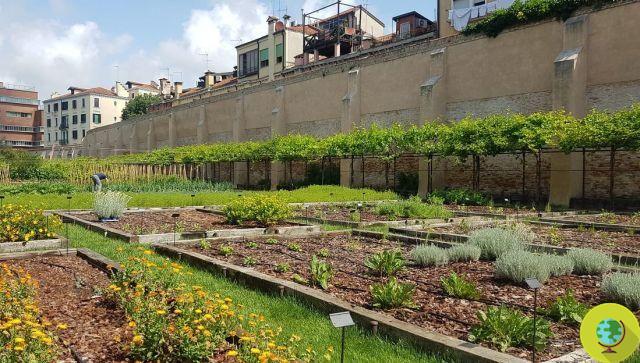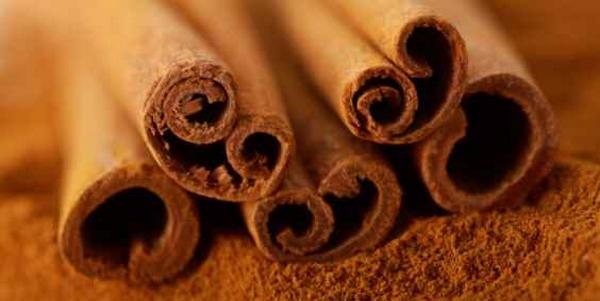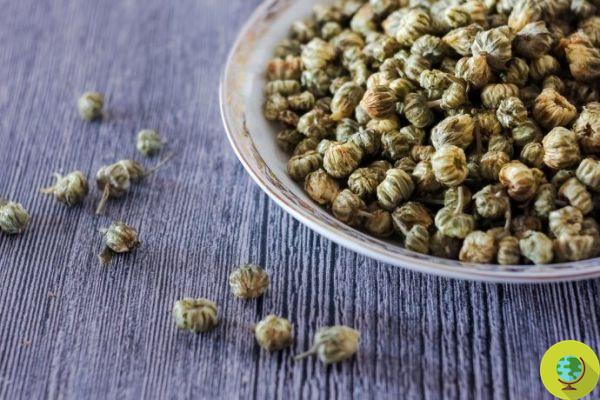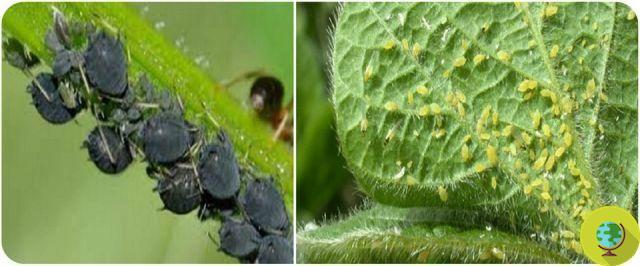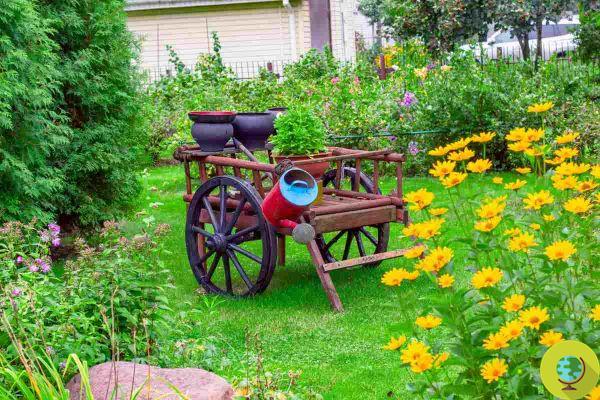The bonsai is a miniature tree, which reproduces on a small scale a plant that we normally find in full size. To achieve this you need patience, care, passion, dedication, and a pinch of creativity. That of bonsai, in fact, is a real art, which starting from China and passing through Japan, has also spread to us.
He is about to end up invested, his mother saves him Bonsai, the origin, how to cultivate them and take care of them also as a therapy to calm anxious states.
The bonsai is one pianta in miniature which consists of small scale reproduction of a tree that in nature we find in its canonical dimensions. The bonsai, therefore, is not genetically a dwarf plant, but a normal tree which, through skilful gardening techniques, assumes diminished features. Any tree can be transformed into a bonsai, but it takes a lot of patience, perseverance, dedication, passion, technical skill and a pinch of creativity. The cultivation of bonsai, more than a simple hobby, can be considered a real one work of art in continuous evolution, forged by time, molded by technique and molded by the inspiration of man.
It also has a therapeutic value, as this technique is capable of relaxing the nervous system and calming anxious states. The bonsai must turn out as much as possible faithful to the original tree, respecting their characteristics and reproducing them the harmony of the shapes and the balance of the proportions.
In ancient times, in China it was believed that growing bonsai for a long period of time could guarantee eternity to the soul of its owner, almost as if this technique constituted a bridge between heaven and earth, between the sacred and the human.
Index
Brief history of bonsai
Contrary to what is commonly believed, in fact, the homeland of bonsai is la Cina and not Japan. Only later did these saplings and the related technique take root in Japan and from there, in recent times, they have also spread to the West.
Among the different legends at the origin of bonsai, the most common is the one that traces it back the spread of the need to exploit plants for herbal and medicinal purposes. Going into the woods every time in search of the most suitable tree soon proved to be a costly and difficult undertaking.
Hence, the idea of keeping trees in the house or garden was born. It was realized that, through appropriate pruning, the size of the plants could be contained, creating miniature saplings, faithful reproductions of the original specimens. The resulting bonsai proved to be so pleasant that it was thought to use them for ornamental purposes.
From China, around the XNUMXth century, the art of bonsai reached Japan. She was brought there by monks, merchants, court dignitaries. Initially, it was an elitist technique, reserved for the ruling classes. Then, gradually, the cultivation of bonsai spread even among the lower strata of the population.
Over time, the technique has improved, in an attempt to recreate figures increasingly similar to the original. There has also been an evolution in the choice of vases, favoring the sobriety of shapes and colors. In 1935, bonsai was recognized as an 'art' in Japan real.
Japanese is also the origin of the term: the word bonsai in fact derives from the union of two ideograms and literally means “Tree in tray”.
In Europe the bonsai was introduced near the Universal Exhibition of Paris, (in the editions of 1878, 1889 and 1900) and, almost simultaneously, was presented in the London Exhibition of 1909.
The first bonsai were sold at auction for exorbitant prices for that period, but they did not have great success with the public. In Europe the large-scale diffusion of bonsai took place only after the Second World War.
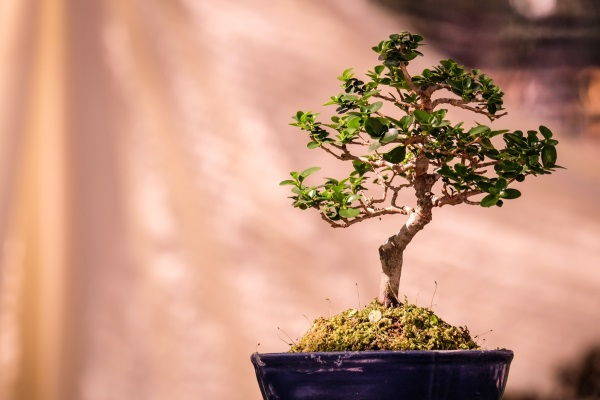
Bonsai, which one to choose?
Anyone who decides to undertake this ancient and fascinating art must, first of all, choose the bonsai you intend to grow.
As said, practically all pantas lend themselves to being miniaturized in bonsai version.
You have to decide whether to move towards a internal or external bonsai.
If we opt for an outdoor one, our choice should preferably be directed towards those species that live and thrive around our home or in our area. We will have to take into account above all the environmental and climatic characteristics of the place where we live.
This way they will be avoided engraftment problems of the plant, also guaranteeing a better result from the scenographic point of view.
Un indoor bonsai, on the other hand, is less demanding on an environmental level.
Among the beginners, one of the most cultivated bonsai species is the ficus, a relatively easy indoor plant to care for and shape.
Other plants particularly suitable for beginners are Chinese elm and black pine.
How to obtain a bonsai: from seed, from cuttings and the pre-bonsai
Bonsai can be obtained in various ways: from seed, from cuttings, or by purchasing a pre-bonsai in the nursery.
Seed bonsai is obtained, precisely, by sowing and sprouting the tree we have decided to cultivate.
The seed can be purchased in the nurseries, or it can be taken from our land or from the land in our area. This method is the favorite of the purists of the art of bonsai, because it allows you to follow the plant throughout its entire life cycle, from the seed to the mature tree.
The downside, however, is that it is a method that it takes a lot of time and patience. Before being able to intervene on our plant, in fact, we will have to wait 2 or 3 years. For this reason, for beginners, or for those who want to try their hand at the art of bonsai in a relatively short time, this option is definitely not recommended.
The cutting has the advantage of reproduce exactly the characteristics of the tree we have chosen. It can be purchased in the nursery and is certainly a good compromise between short timing and passion for gardening.
The pre-bonsai, on the other hand, is nothing more than a tree germinated in the initial phase, available at nurseries This solution is certainly the most suitable for beginners and for those who are against a long preparation phase.
Bonsai, exhibition
As with any plant, even for bonsai exposure is a key factor, necessary for chlorophyll photosynthesis. Obviously the characteristics of the bonsai vary according to the species it belongs to, but it is still possible to make general considerations.
The bonsai prefers a sunny exposure, but not in direct contact with the sun's rays. Therefore, its ideal location will be near windows and balconies, but not totally exposed to light.
Furthermore, the bonsai must not be placed in contact with artificial heat sources (radiators) or environmental air conditioners.
Bonsai, when and how to water?
In addition to light, another fundamental element for plants is the water.
Also in this case, the speech made in the previous paragraph is valid: a lot also depends on the species to which our tree belongs. Generally, however, i bonsai need constant watering but, like all plants, suffer from water stagnation.
A foolproof method to find out whether or not there is a need for watering is to test the ground : if wet, then it will be necessary to postpone it, if instead the soil is dry, it will be necessary to water. The best method of watering is throughrain irrigation.
Sometimes it is advised to completely immerse the roots of the bonsai in a container full of water for a few minutes.
In reality, this operation should only be carried out in the presence of a very clayey soil, with poor draining power. Diving is not recommended for young plants, because it could cause root rot and in general because it hinders the elimination of toxins and saline residues from the soil.
In summer, or in any case in periods of drought, it is advisable nebulize the hair of our bonsai through a sprayer that keeps the foliage constantly moist.
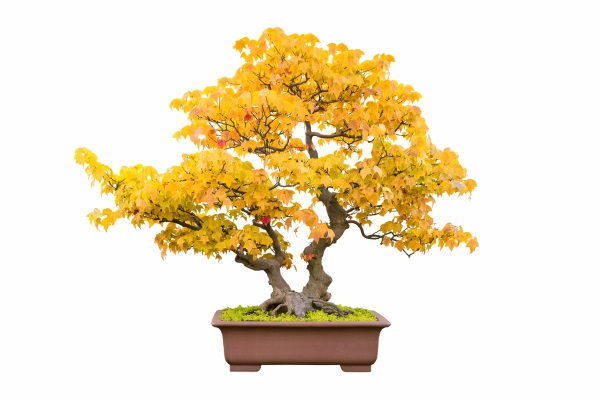
Fertilization of bonsai
In their natural habitat, trees can stretch their roots very deeply, drawing nourishment and vital substances from the subsoil.
The bonsai, on the other hand, is forced to feed on a small portion of land. For this reason, in order to guarantee the right organic contribution, fertilization is a fundamental operation.
The advice is to buy fertilizer specially designed for this type of plants. Those used in agriculture they are not very suitable, since, being very powerful, they can burn the roots.
Even the fertilizers commonly used in gardening are harmful for bonsai, as their high nitrogen content, it favors a remarkable vegetative development of the stem and leaves, absolutely to be avoided in the bonsai.
As for the fertilizer form, you can choose that oneliquid, to be added to the pruning water, on a weekly basis or every two weeks. The slow release granular fertilizer, on the other hand, can be administered once every 40-50 days.
Bonsai, pruning
As can be understood, pruning is a phase extremely important and delicate in the life of the bonsai.
It is the phase that determines the shape of our tree, in which we can give free rein to our creativity.
Pruning essentially consists of three distinct moments: training pruning, holding and stapling.
The first takes place during the vegetative rest, for give a precise line of development to the plant. The following general rule is observed: each branch must be able to receive the light, so the largest branches will be placed at the bottom, tapering as you proceed towards the canopy.
La maintenance pruning it is the one with which buds and branches that have grown in a disorderly manner during the vegetative phase are delicately eliminated. It allows you to model the plant according to the chosen shape, preventing it from developing in height and is carried out in the winter period.
La pinching, which takes place in the vegetative period, consists in shortening shoots that have grown excessively and disproportionately. The purpose of this technique is to thicken the foliage and its execution is extremely variable depending on the species the bonsai belongs to.
The binding of the bonsai
Tying is a key technique to enable one correct and harmonious development of the bonsai.
Basically, an aluminum or copper wire is tied to the branch of the plant, forcing it to develop in a certain direction, without damaging or breaking it.
It is important that the pressure exerted by the wire is not excessive, otherwise it would compress the sap, compromising the growth of the bonsai. Later, when the branch is now stabilized, the wire can be gently removed.
To carry out the binding, threads of various metals can be used. The most flexible is certainly aluminum, which leaves no marks where it is applied. The copper wire on the other hand is more resistant, and can be used to impart the desired curvature arlove more robust.
Il wire is certainly the hardest between the three. Very common in China, in the West it is almost never used, because it is very difficult to fold and, if placed on outdoor bonsai, it rusts easily.
Bonsai, repotting
Another very important operation for bonsai is the repotting, to perform every two years for younger trees, each trand in the case of more mature specimens.
Repotting is necessary as the small portion of land in which the bonsai grows is gradually emptied of all its nutrients, remaining only an inert substrate.
Furthermore, the roots tend to expand, invading the whole vessel and they must necessarily be pruned.
Once the explant has been carried out, the soil in the pot must be sieved. What remains in the sieve, sufficiently grainy, can be reused. The grainy soils, in fact, favor the formation of thin roots and are very useful for the development of the bonsai.
The best time to repot coincides with the rest that precedes the vegetative season.
On the subject read also:
- BONSAI: 10 TIPS FOR BEGINNERS
- MICRO BONSAI: THE FANTASTIC MINIATURE BONSAI FROM JAPAN
- KOKEDAMA: WHAT THEY ARE AND HOW TO MAKE THEM
Angela Petrella




